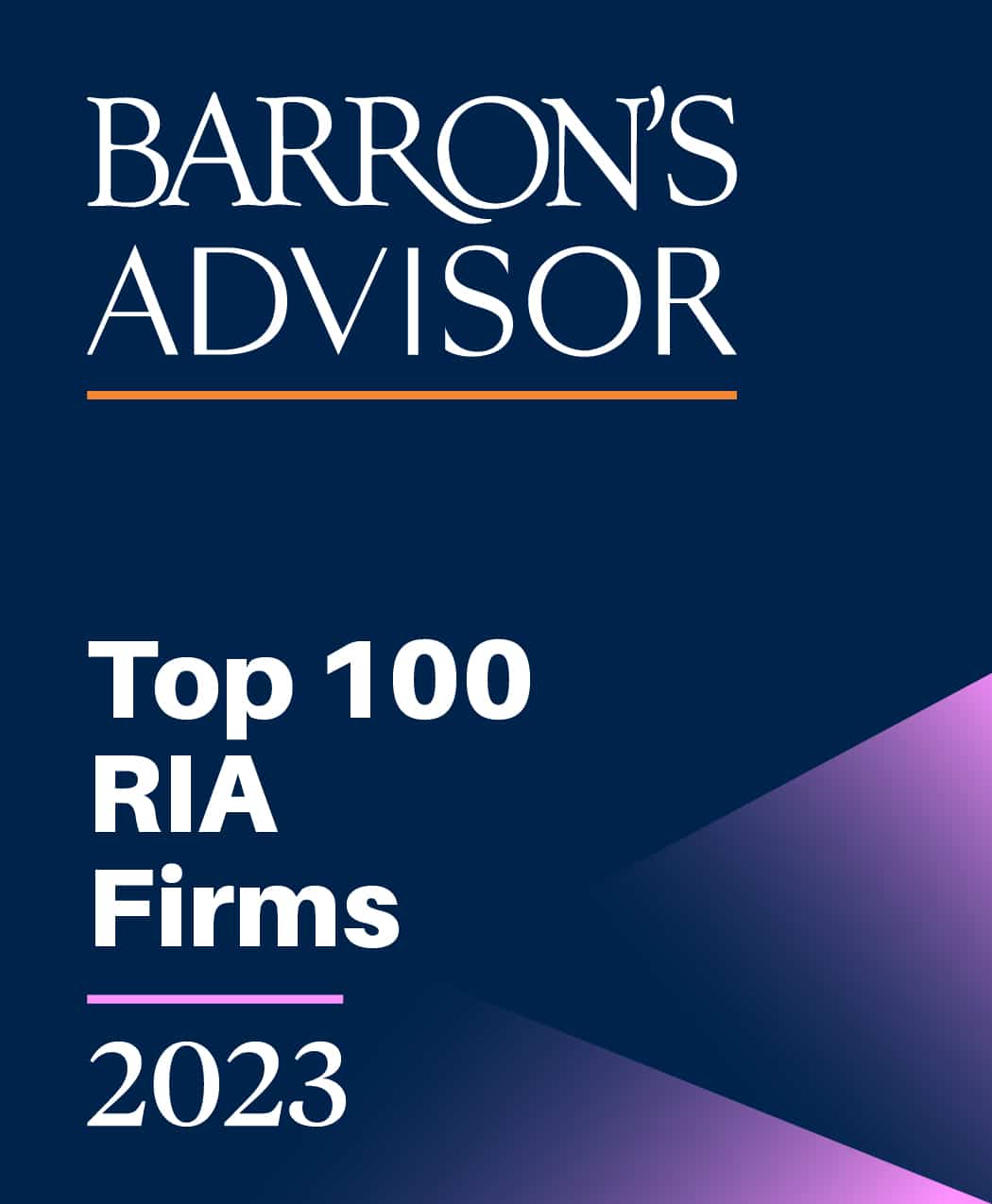Our Investment Process
Using a Structured Investment Management Process to Drive Asset Allocation, Manager Selection, Tactical Tilts, Monitoring, and Rebalancing
Asset Allocation
What diversified mix of asset classes will represent best targeted balance of risk and return?
Manager Selection
Should we use an active manager for each asset class or will a lower cost passive approach best achieve our goals? Who do we believe will best implement the desired strategy we have in mind for each asset class?
Tactical Tilts
Are there any current investment opportunities that we can take advantage of by over or underweighting an asset class or manager?
Monitoring / Risk Management
How are our managers performing and what risks are ahead that might impact our client portfolios?
Rebalancing
When is the right time to rebalance the portfolio back to the original target allocation?
We believe that Asset Allocation is the largest driver of investment returns in the long run. Having the best stock manager in the world will not help you much if stocks are in a long bear market. Our Investment Committee evaluates historical and forward-looking asset class return and risk expectations, key economic metrics, key market drivers including valuation and technical factors, and risk modeling to develop our current perspective on overall asset allocation along the efficient frontier for desired levels of return and risk. We believe in using a diversified approach to target higher risk-adjusted returns.
Manager Selection involves deciding whether to use active or passive managers for each asset class and then deciding which specific managers to use to capture the target opportunities we have identified. In the U.S. stock market, we primarily use low-cost passive investments because we believe most active managers will not consistently outperform passive strategies. We do utilize active managers in other asset classes where we have seen consistent outperformance, although we are still focused on finding the best combination of low costs and higher returns possible in each asset class. Managers are sourced and screened by our investment team, including on-site visits, reference calls, operational due diligence, and ultimately an Investment Committee presentation for approval.
HB may identify specific market opportunities where a Tactical Tilt may be justified for client portfolios and the investment process will proceed to select a manager to capitalize on the opportunity. These tilts are typically only 3%-5% of a portfolio and are sized relative to the underlying risk involved. The tilt could be as simple as adding dividend oriented U.S. stock ETFs or could involve a specific manager in sectors like energy or REIT preferreds or other targeted strategies. These tilts are debated vigorously and revisited regularly to review whether the original case for the tilt still exists. Eventually, the Investment Committee will approve removing the tilt and returning towards our strategic allocation once the opportunity has passed due to changing factors in valuation, momentum, or the broader economic environment.
Monitoring is a component of Risk Management discussed in a separate section of our website. Our investment team is constantly reviewing the performance of our managers (both absolute as well as vs. benchmarks) and also reviews the ongoing strategy, people, and processes used at the manager. We also keep an eye on costs and tax efficiency to ensure that the manager stays true to the original approach used when we selected them initially.
Rebalancing is an important part of the investment process primarily handled at the client service team level at HB. The investment committee uses research to set general guidelines for optimal rebalancing bands. HB client service teams use rebalancing software that automatically identifies when these levels have been reached to recommend trades to get the portfolio back close to the original target.

